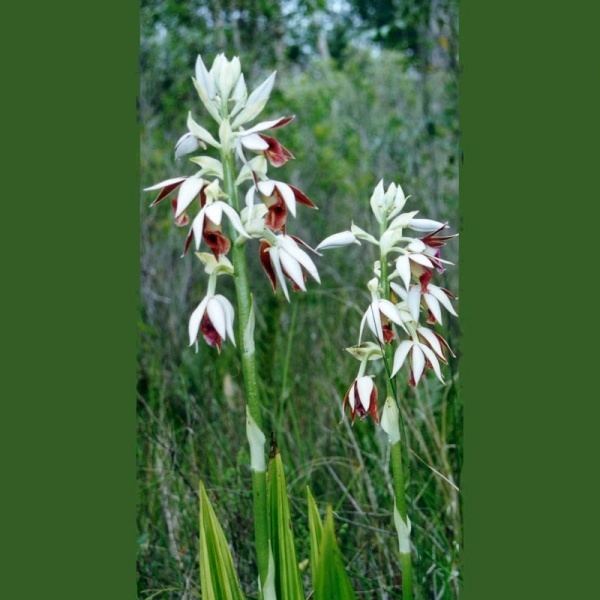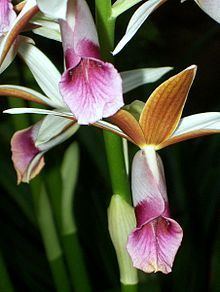Kingdom Plantae Family Orchidaceae Tribe Collabieae Scientific name Phaius australis | Order Asparagales Subfamily Epidendroideae Alliance Calanthe Rank Species | |
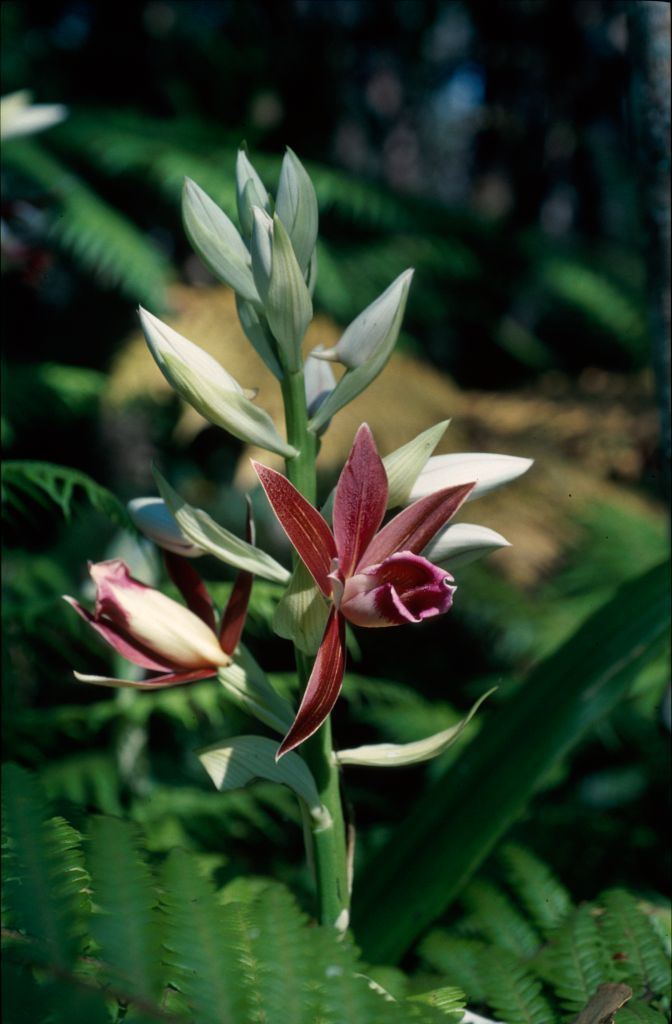 | ||
Similar Phaius tancarvilleae, Phaius, Phaius pictus, Phaius wallichii, Durabaculum | ||
Phaius australis, also known as the lesser swamp orchid and southern swamp orchid, is a species of orchid found in Australia. It is found from Lake Cathie, New South Wales to south east Queensland. This plant is listed as endangered. Its habitat is swampy forest near sea level, often associated with paperbark trees. Unlike the related swamp orchid, most flowers set fruit. This plant is threatened by illegal collecting.
Contents
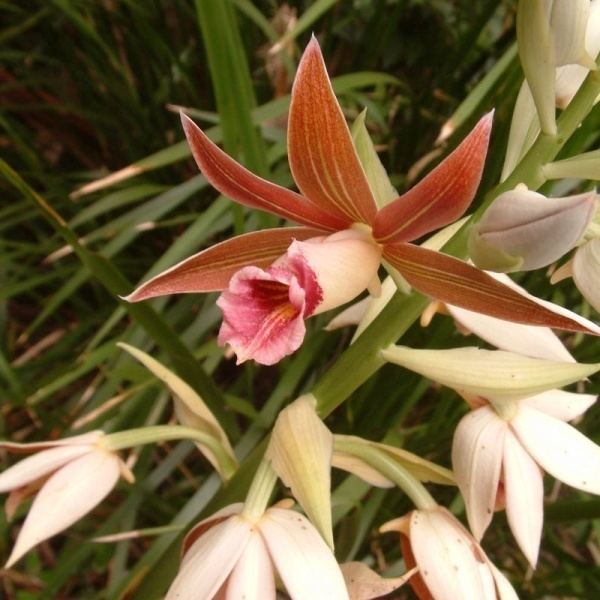
Description
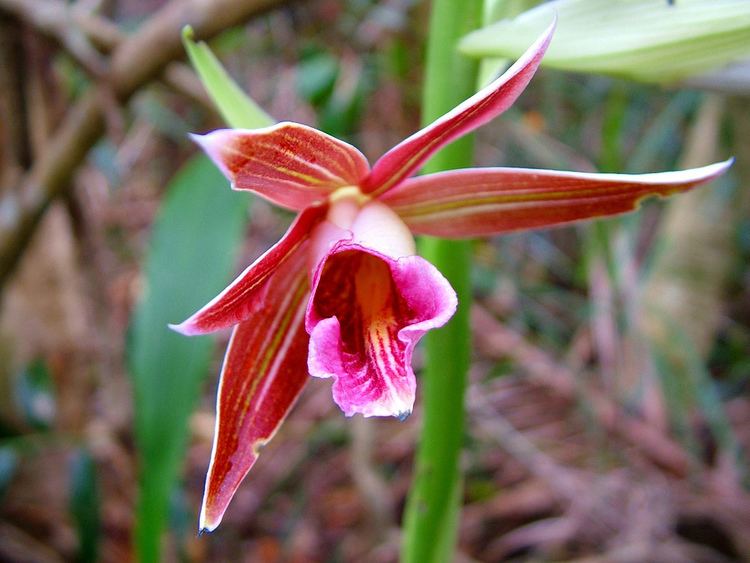
Phaius australis may reach 2 metres (7 ft) in height. The leaves are 30 to 70 cm (12–28 in) long, and 3 to 10 cm (1–4 in) wide, mostly reverse lanceolate in shape. There are four to eight leaves per shoot. Pseudobulbs are ovoid in shape and 2 to 7 cm (1–3 in) in diameter. Horizontal lobes of the labellum (lower descending part of the flower) are curved inwards, but do not form a tight tube as does Phaius tancarvilleae. Yellow veins are seen on the inner side of the sepals and the horizontal petals.
Cultivation
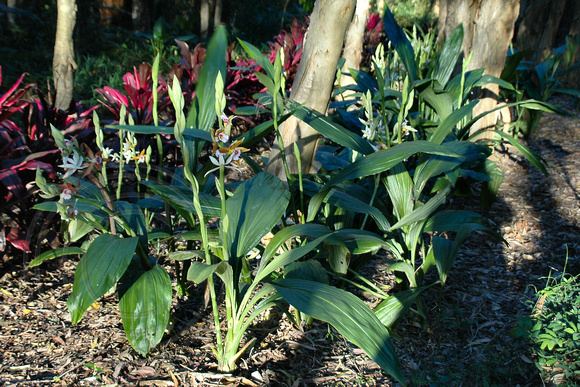
Identification of the Phaius genus is a particularly challenging and difficult task. Many plants are incorrectly labeled in nurseries or misidentified by professionals and authors. Hybrids are produced in cultivation from various types of Phaius.
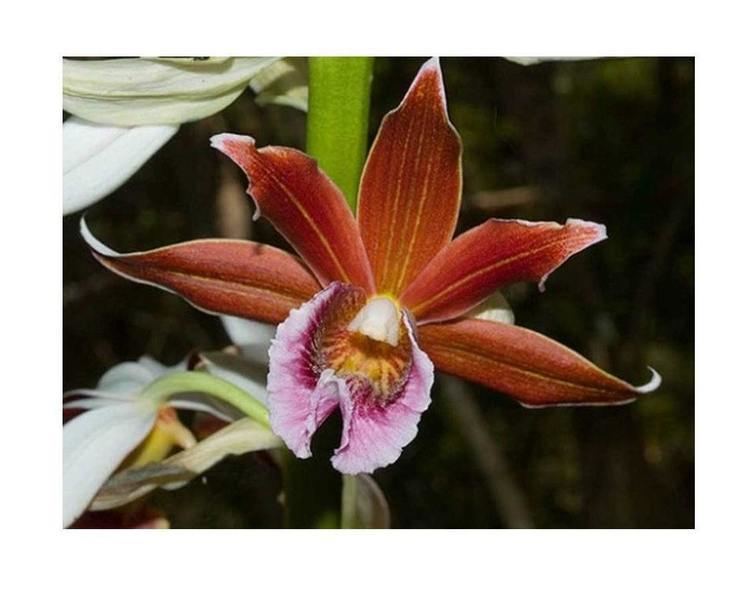
An easily grown plant in cultivation, it prefers semi shade. Propagation is achieved from seed or by the cutting of the base clump of the plant. The decorative and scented flowers occur between late August and October. Coloured reddish brown with yellow. Another method of regeneration is flower stem node propagation. Where, after flowering, the scape is either laid whole or in sections on a medium such as sphagnum moss or stood in a container of water. Plantlets emerge from the nodes, and when large enough, are removed and potted up. The large flowers occur in spring.
